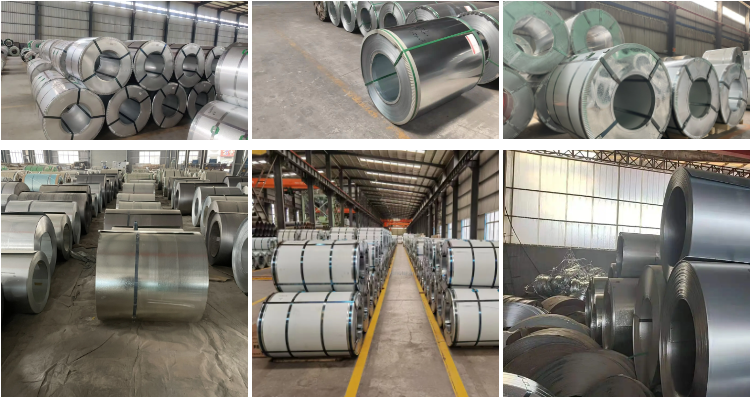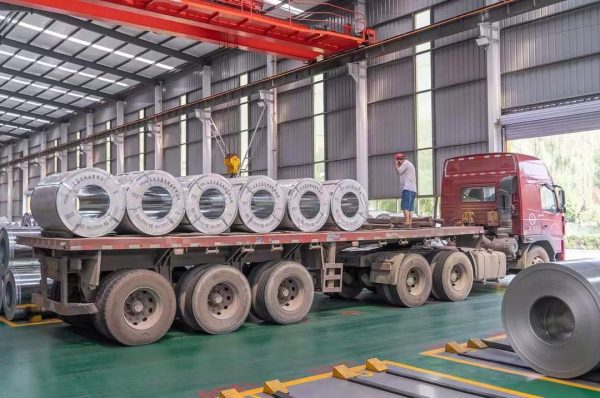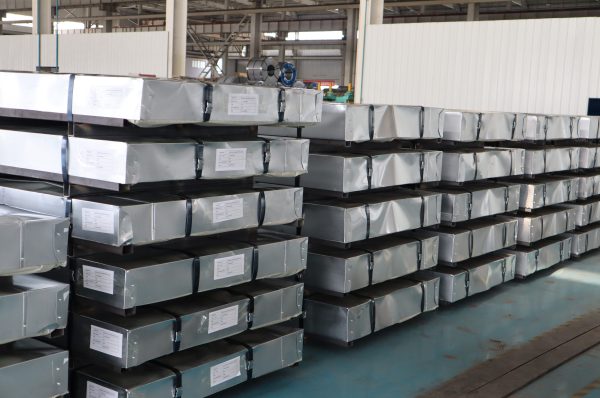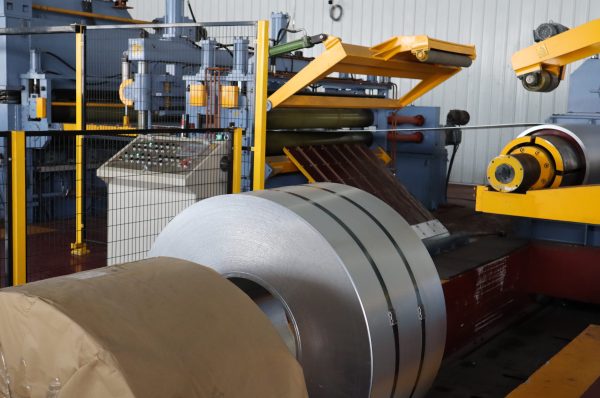When it comes to steel, there are two main types—cold-rolled steel and mild steel. The difference between these two materials can be confusing, so here is a breakdown of the characteristics of both types of steel to help you make a more informed decision when selecting the right one for your next project.
Cold Rolled Steel
Cold-rolled steel is made from hot-rolled steel that has been through additional processing steps, such as pickling, cold rolling, and annealing. This makes it much harder than mild steel and gives it a better surface finish. It is also more durable and resistant to corrosion, making it a great choice for applications where strength is important. Cold-rolled steel is often used in the automotive industry for structural components such as frames and body panels because of its superior strength-to-weight ratio.
Mild Steel
Mild steel is made from iron ore that has been heated with coke (a fuel made from coal) until it melts into a liquid form. This liquid is then cooled down until it solidifies into a solid form known as “mild” or “low carbon” steel. Mild steel is softer than cold rolled steel, making it easier to shape into various shapes and objects. It also has less carbon content than cold rolled steel, so it doesn’t corrode easily like other types of steel do. Mild steel is most commonly used in construction due to its affordability and flexibility, but it can also be found in many consumer products, including appliances, furniture, tools, and even cooking utensils.
Difference Between Cold Rolled Steel and Mild Steel
- Cold-rolled steel is made from hot-rolled steel that has been through a cold-rolling process. The process involves passing the steel through rollers at a temperature below its recrystallization point. This helps to ensure that the steel maintains its strength and hardness.
- Mild steel is made from iron ore that has been through a process of heating and cooling. The method of heating and cooling the iron ore helps to remove impurities from the metal, resulting in a stronger final product.
- Cold-rolled steel is typically used for applications that require precise dimensions and a smooth surface. Some products made from cold-rolled steel include car body panels, door frames, and medical equipment.
- Mild steel is typically used for applications that do not require precise dimensions or a smooth surface. Some examples of products that are made from mild steel include pipes, railroad tracks, and bridges.
- Cold-rolled steel is more expensive than mild steel because of the additional processing steps involved in its production.
Conclusion:
In conclusion, understanding the differences between cold-rolled steel and mild steel can help you better decide which material will best suit your needs for your next project. Both have advantages depending on what you want to achieve with your project – whether greater strength or affordability – so consider all aspects before making your decision! No matter which type you decide on, either will provide excellent performance in the end!




